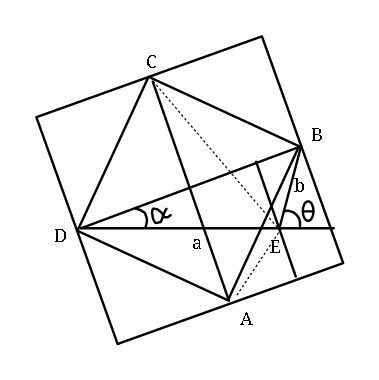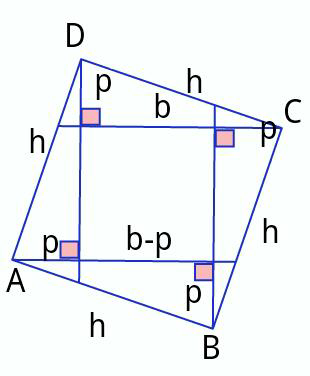
GeometryQuestion and Answers: Page 114
Question Number 14905 Answers: 0 Comments: 5

Question Number 14863 Answers: 1 Comments: 8

Question Number 14810 Answers: 0 Comments: 0
Question Number 14809 Answers: 1 Comments: 2
Question Number 14807 Answers: 0 Comments: 0
Question Number 14797 Answers: 1 Comments: 12

Question Number 14724 Answers: 2 Comments: 1

Question Number 14661 Answers: 1 Comments: 1

Question Number 14630 Answers: 0 Comments: 2
Question Number 14502 Answers: 1 Comments: 3

Question Number 14384 Answers: 0 Comments: 6

Question Number 14365 Answers: 0 Comments: 1
Question Number 14364 Answers: 0 Comments: 9
Question Number 14145 Answers: 1 Comments: 1

Question Number 14104 Answers: 0 Comments: 0

Question Number 14071 Answers: 2 Comments: 1
Question Number 13738 Answers: 1 Comments: 1
Question Number 13735 Answers: 2 Comments: 6

Question Number 13501 Answers: 1 Comments: 0
Question Number 13548 Answers: 1 Comments: 11

Question Number 13447 Answers: 0 Comments: 0

Question Number 13434 Answers: 1 Comments: 1
Question Number 13305 Answers: 1 Comments: 0
Question Number 13888 Answers: 1 Comments: 3
Question Number 13236 Answers: 0 Comments: 16
Question Number 13228 Answers: 0 Comments: 5

Pg 109 Pg 110 Pg 111 Pg 112 Pg 113 Pg 114 Pg 115 Pg 116 Pg 117 Pg 118
